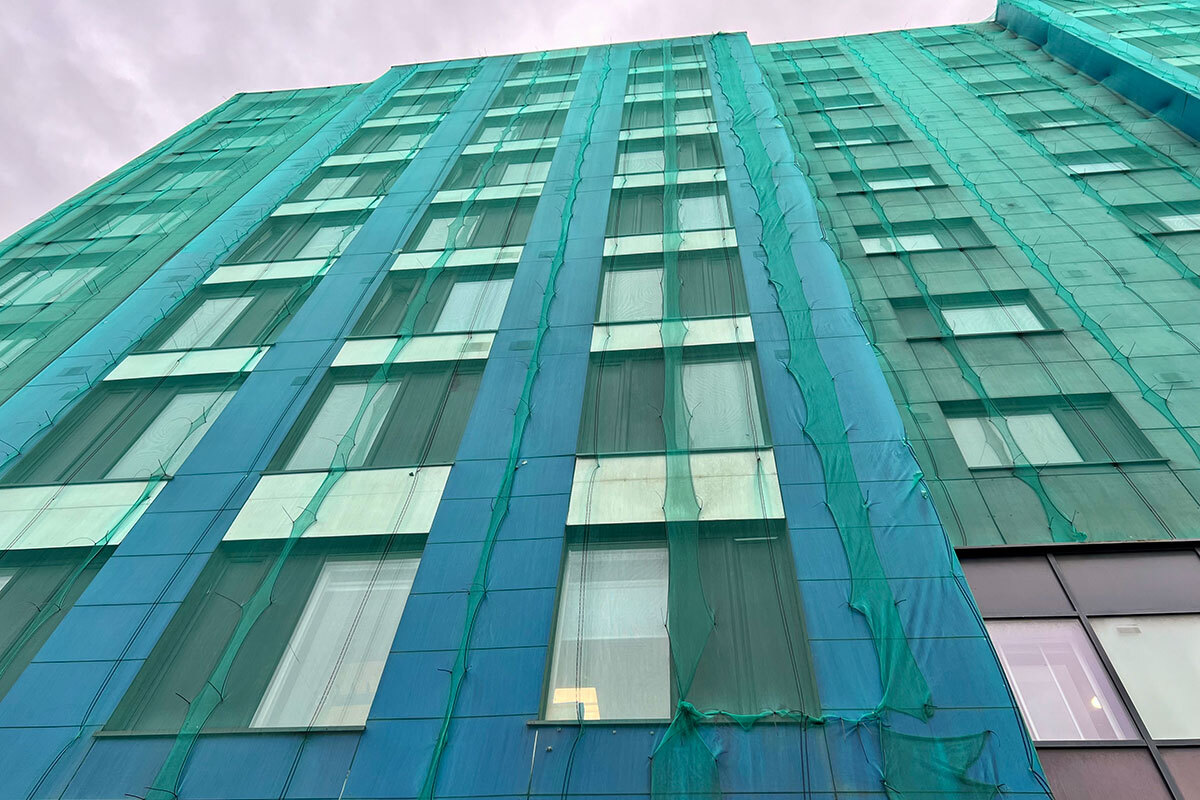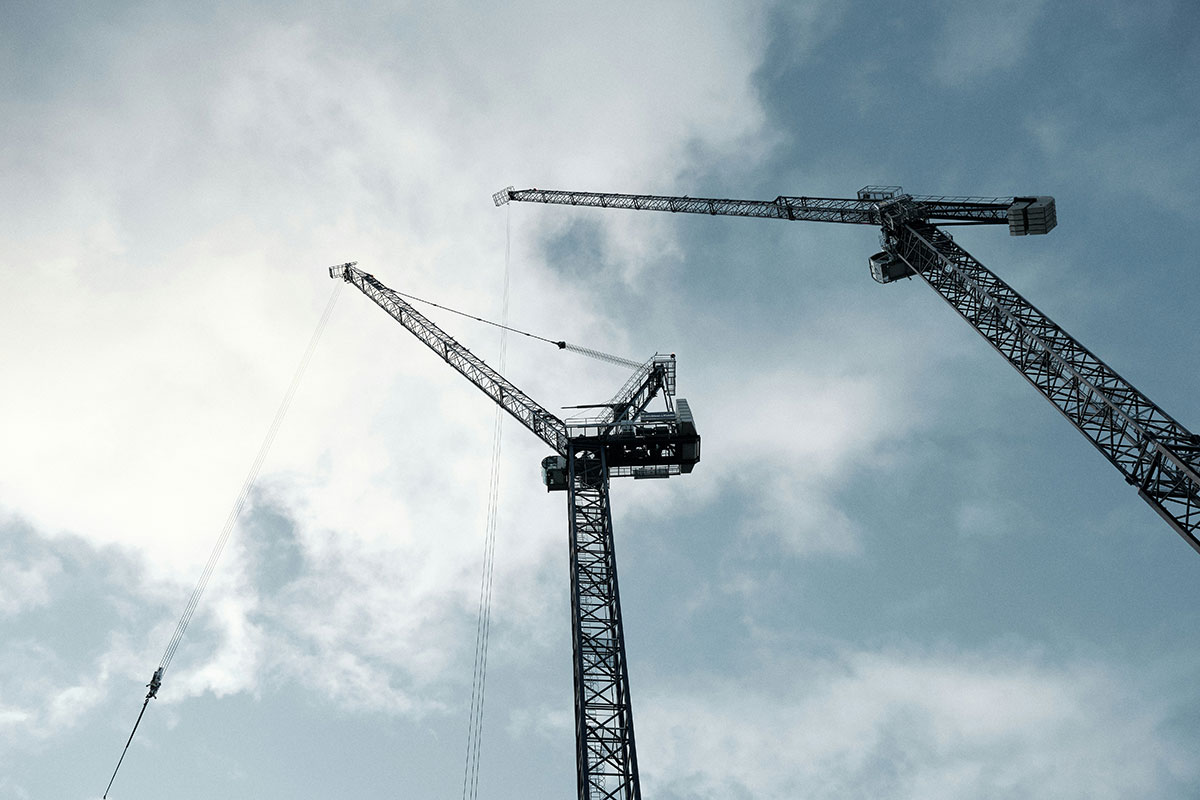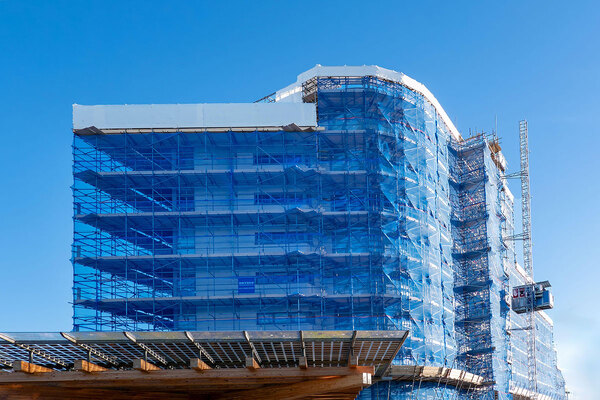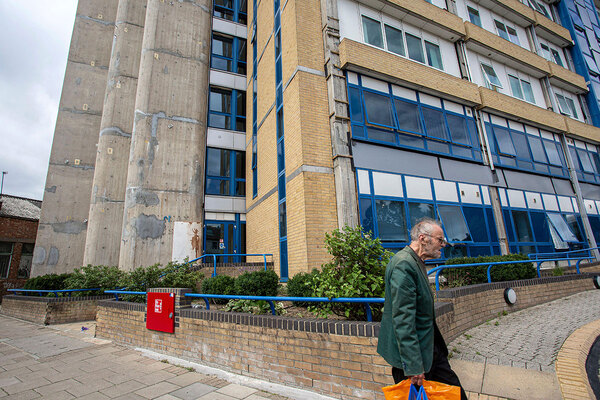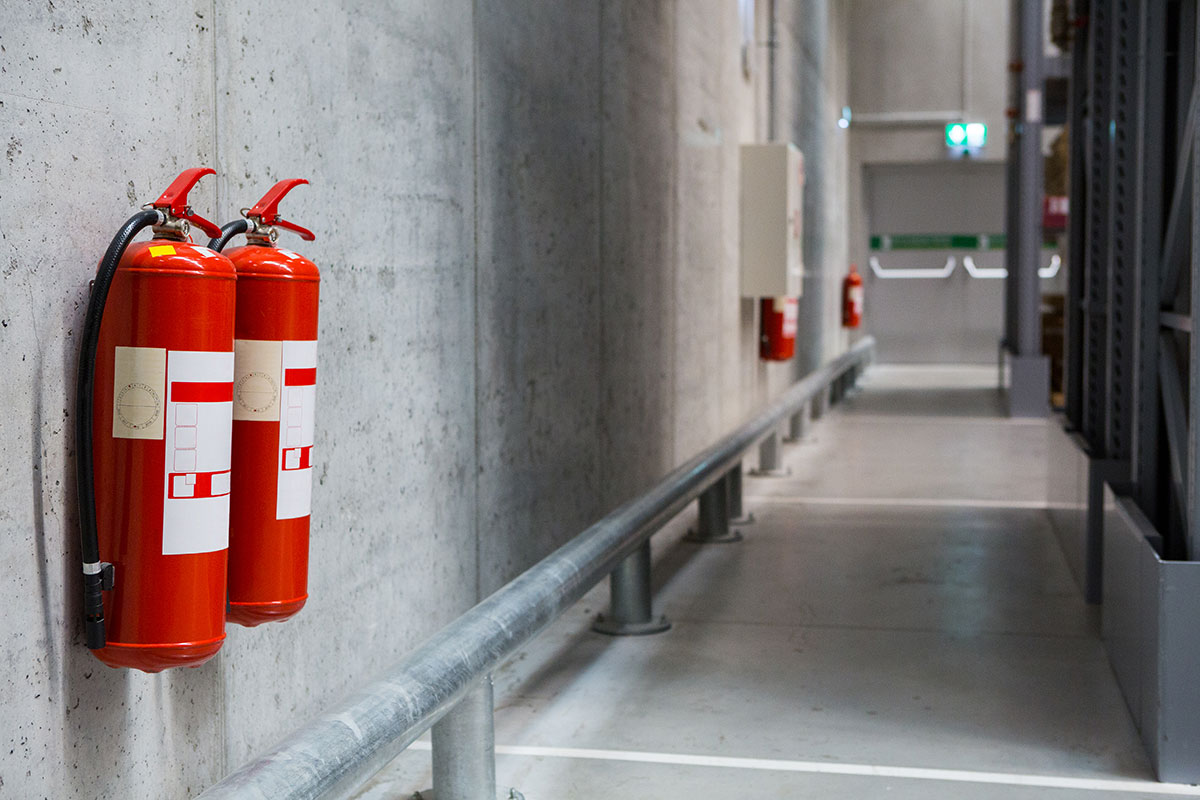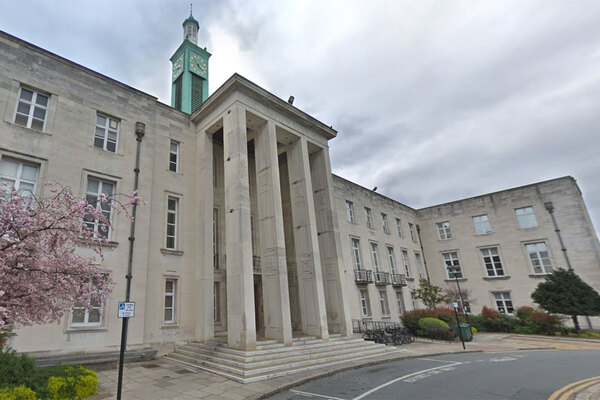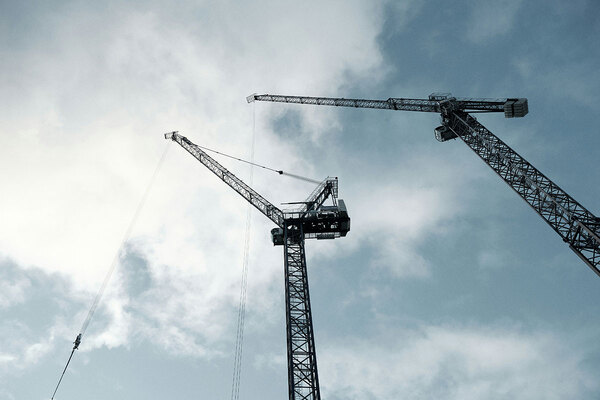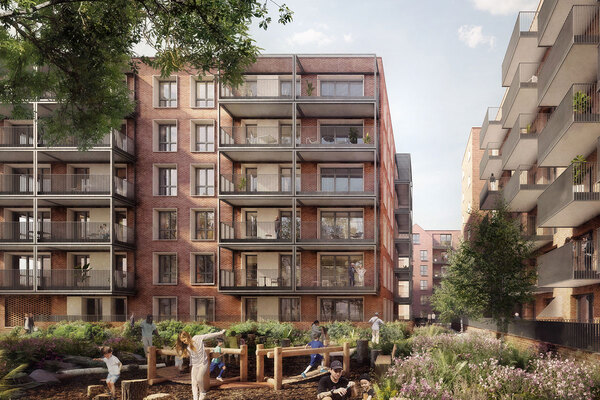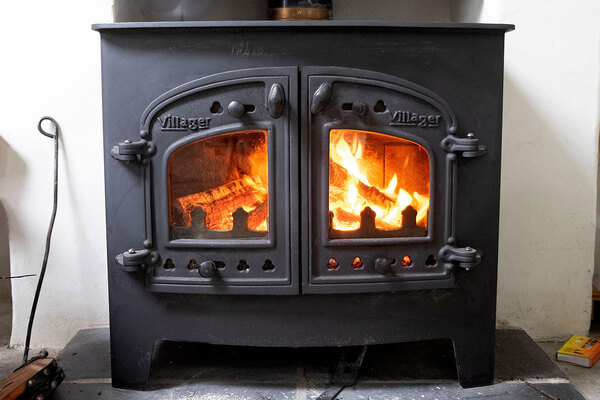Number of social housing blocks with unsafe cladding and no remediation plan falls 16%
The number of social housing blocks that have unsafe cladding and no clear remediation plan in place has fallen from 596 to 500.
The 16% drop was revealed as part of the government’s latest quarterly data.
This figure is just under a fifth (18%) of the 2,718 social housing buildings taller than 11 metres identified as having life-critical fire safety defects – an increase of five since the last data release in February.
Of the 500 blocks, 232 are 18 metres or taller.
Of the 2,718 buildings identified with unsafe cladding as of 31 March, 857 (32%) have completed remediation.
Of these, 788 (29% of all buildings with defects) have received building control sign-off. This is unchanged since the last release.
A total of 1,228 buildings (45%) have started or completed remediation, an increase of one. While 990 blocks (36%) have not started remediation work, but have plans in place. These stats are unchanged since February.
The latest release comes after landlords were warned of their “legal obligations” last month about the number of buildings with life-critical fire safety defects still have no clear remediation plan.
Will Perry, director of strategy at the Regulator Social Housing, said: “Boards and councillors have a duty to seek assurance that landlords are meeting legal obligations for building safety, and that risks are being well managed and promptly remedied.”
He said the English regulator has tools, such as proactive inspections and responsive engagement, to “make sure landlords are making the necessary progress on fire safety remediation”.
The National Housing Federation has been critical of the fact that only 10% of the government’s Building Safety Fund has gone to the social housing sector. Chief executive Kate Henderson told MPs in January that the remediation funding process was “immoral and unfair”.
Adding to the problem are issues at the Building Safety Regulator (BSR), where there have been delays in signing off remediation plans.
The government has promised to provide more funding for the sector for remediation. As part of a remediation acceleration plan, announced in December, ministers vowed to give housing associations and councils extra money to fix blocks so that work can “start sooner”.
At the same time, the Ministry of Housing, Communities and Local Government (MHCLG) warned that regulatory action will be stepped up against landlords that “fail to get on with the job”.
A deadline of 2029 has been set for remediation work to be finished.
In February, it emerged that the BSR and MHCLG are planning a dedicated unit to enforce cladding remediation.
The latest figures also revealed that 5,031 buildings have been identified with unsafe cladding, 2,459 (49%) have started or completed remediation work, of these 1,637 (33% of identified buildings) have completed remediation works. This includes high-rise (taller than 18 metres) and mid-rise (between 11 and 18 metres) buildings.
Sign up for our fire safety newsletter
Already have an account? Click here to manage your newsletters
